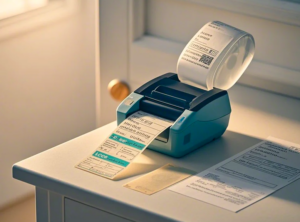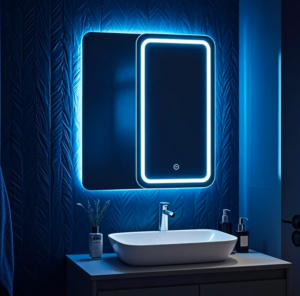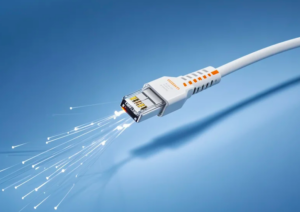Table of Contents
ToggleSingle-sided PCB Substrate Materials
The PCB substrate material is mainly phenol copper laminated board (paper phenol at the bottom and copper foil on top) and paper epoxy copper laminated board.
A majority of these components find application in household appliances such as radios, AV devices, heaters, refrigerators, and washing machines. Additionally, they are utilized in commercial machines like printers, vending machines, circuit machines, and various electronic components. One notable advantage is their affordability.
Double-sided PCB
Glass epoxy copper laminates, Glass Composite copper laminates, and paper Epoxy copper laminates are the main substrate materials. Personal computers, electronic musical instruments, multifunctional telephones, automotive electronic equipment, electronic peripherals, electronic toys, and various other applications predominantly use these components.
Communication equipment, satellite broadcasting equipment, and mobile communication equipment mostly use Glass benzene resin copper laminates and Glass polymer copper laminates, as they have excellent high-frequency characteristics.
3-4 layer PCB
The primary substrate materials for these components are typically glass epoxy or phenolic resin. The main uses are personal computers, (Medical Electronics) machines, measuring machines, semiconductor testing machines, NC (Numeric Control) machines, electronic switches, communication machines, memory circuit boards, IC cards, etc.
There are also glass composite copper sheets. Build-up boards, serving as multilayer PCB materials, are primarily designed to offer excellent processing characteristics.
6-8 layer PCB
The substrate material continues to be based on glass epoxy or benzene resin, commonly employed in electronic switches, semiconductor testing machines, medium-sized personal computers, EWS (Engineering Work Station), NC, and various other machines.
PCB with more than 10 layers
The substrate is mainly made of Glass benzene resin material, or glass epoxy is used as the multilayer PCB substrate material.
The application of this kind of PCB is relatively special, most of which are large-scale computers, high-speed computers, communication equipment, etc., mainly because of its high-frequency characteristics and excellent high-temperature characteristics.
Other PCB substrate materials
Aluminum substrates and iron substrates are other PCB substrate materials. The substrate forms the circuit and rotating motor (small motor) cars mostly use it.
Flexible PCBs (flexible printed circuit boards) are another type of PCB. Materials such as polymer and polyester form the circuit.
It is available as single, double, or multi-layer boards. The flexible circuit board finds its primary application in the moving components of cameras, OA equipment, etc.
It serves to establish connections between the mentioned rigid PCBs or form effective connection combinations between rigid PCBs and flexible PCBs. The high elasticity of these boards allows for a variety of shapes in connection combinations.
Conclusion:
PCB substrate materials are the foundation of any electronic device. They determine the performance, reliability, and durability of the circuit boards. Therefore, choosing the right substrate material is crucial for your project.
As we have seen, there are different types of PCB substrate materials, each with its own advantages and disadvantages. Depending on the number of layers, the application, and the budget, you can select the most suitable substrate material for your needs.





